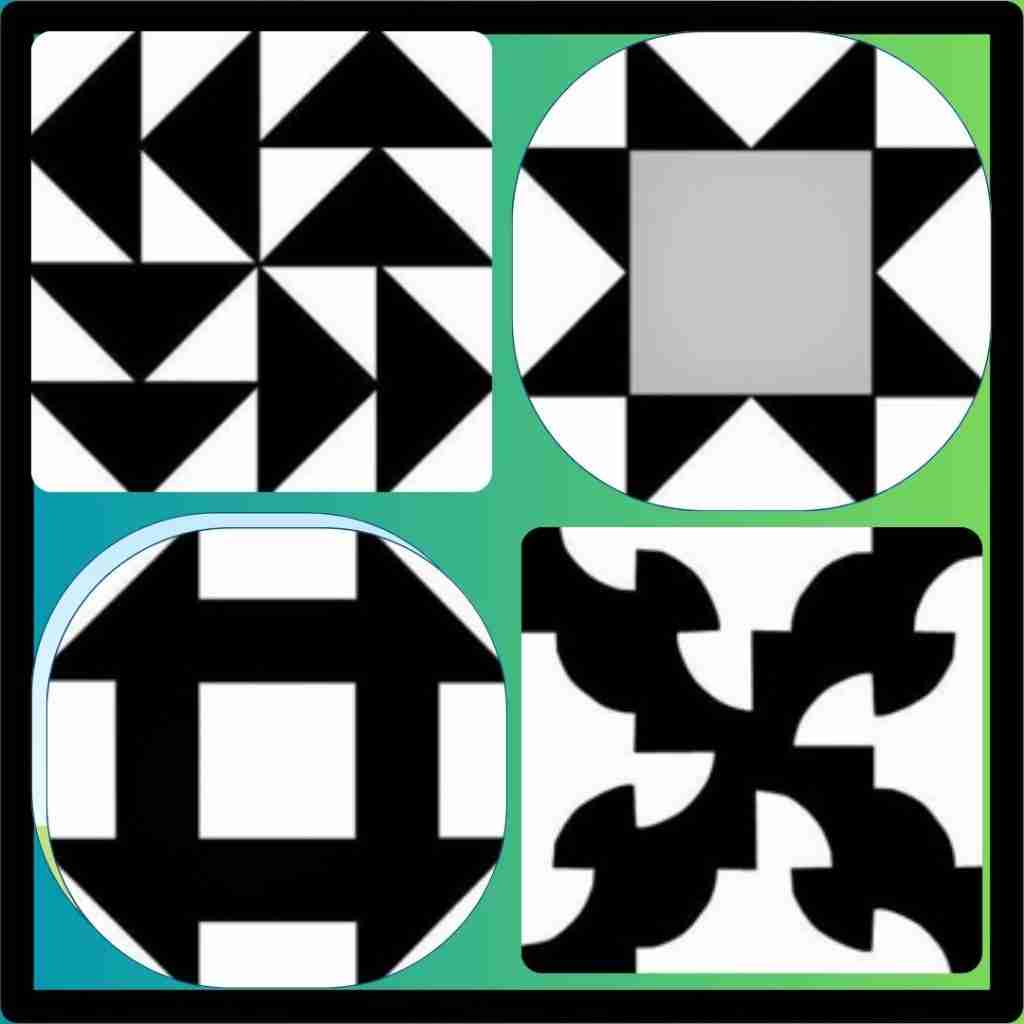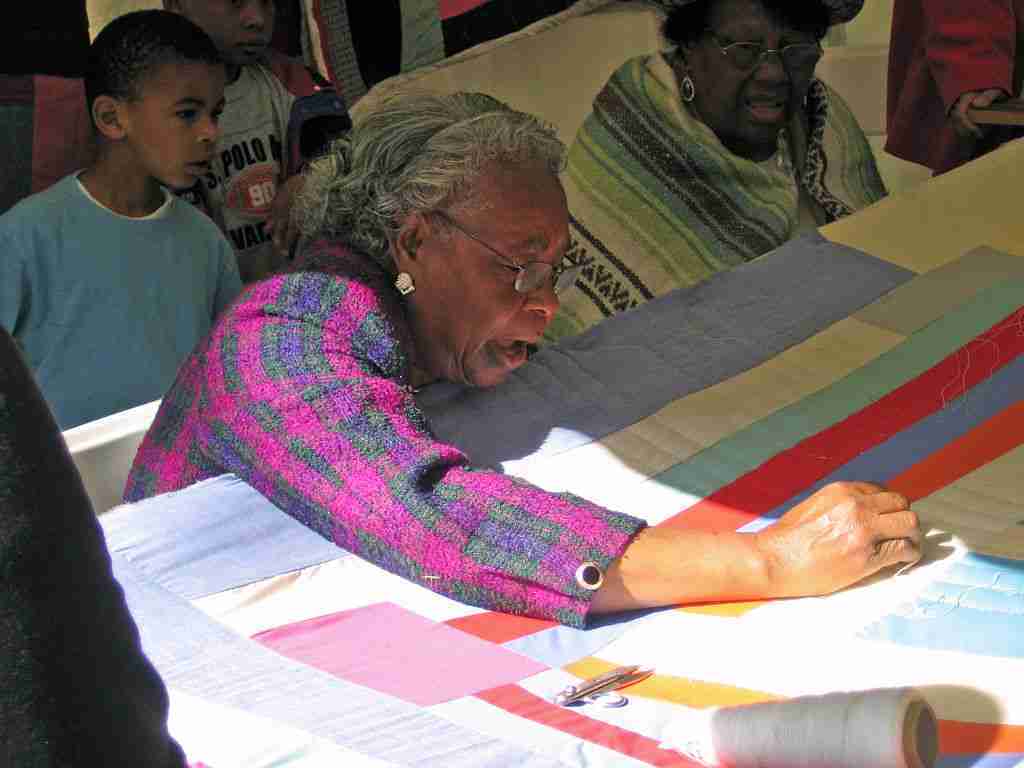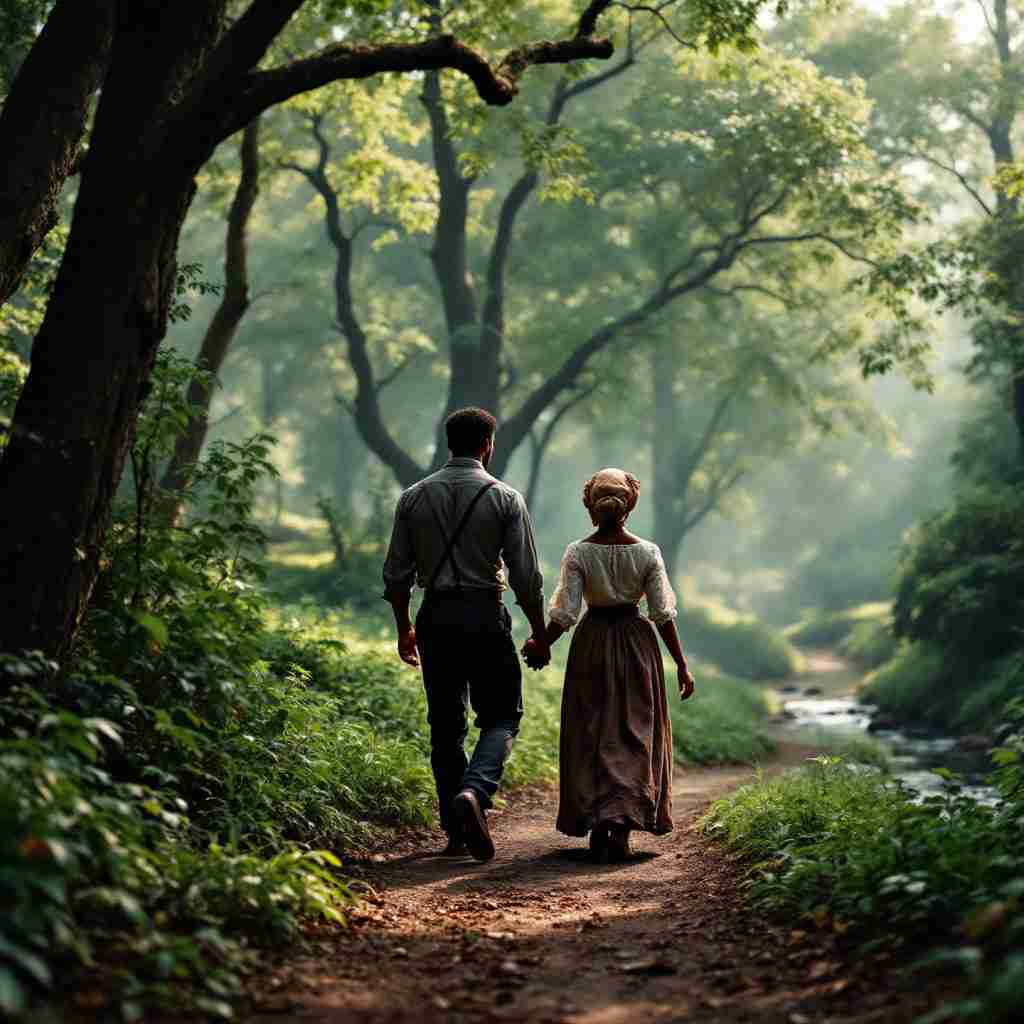The Secret Quilt Codes of the Underground Railroad

Imagine a quilt hanging on a clothesline, fluttering gently in the breeze. To a casual observer, it’s just a piece of fabric, a practical household item airing out in the sun. But for some, it might have been a covert message—a guide to freedom for those enslaved in the 19th century. Could quilts have been used as secret codes in the Underground Railroad? This question has sparked intrigue and debate, and while the truth remains elusive, the stories surrounding these so-called “quilt codes” are as compelling as the history they represent.
Let’s delve into the origins of the quilt codes story and explore the patterns and their alleged meanings. Then, we will take a look at the controversy surrounding their authenticity.
The Origins of the Quilt Codes Narrative
The concept of quilt codes gained widespread attention through the book Hidden in Plain View: A Secret Story of Quilts and the Underground Railroad by Jacqueline Tobin and Raymond Dobard. The book recounts an oral history shared by Ozella McDaniel Williams, who claimed that specific quilt patterns were used to convey secret messages to enslaved people planning their escape. These patterns, she said, had been passed down through generations of her family.
Williams described a system where quilts were displayed on fences or clotheslines to signal escape routes or preparation steps. Patterns like the Monkey Wrench, Bear’s Paw, and Flying Geese were said to carry specific instructions. For example, the Monkey Wrench signaled it was time to gather tools for the journey, while the Bear’s Paw guided escapees to follow animal tracks through the mountains. Flying Geese, resembling the migratory patterns of birds, pointed north.
Georgia Payne, a modern quilter who studied this narrative, emphasizes that oral traditions—particularly among African cultures—were a vital means of preserving and transmitting knowledge, especially when reading and writing were prohibited for enslaved people. The stories of quilt codes, whether literal or symbolic, highlight the resilience and ingenuity of those who sought freedom against overwhelming odds.

The Quilt Codes and Their Alleged Meanings
The quilt code story revolves around a set of patterns, each imbued with symbolic meanings:
– Monkey Wrench: Gather tools and resources for the journey ahead.
– Bear’s Paw: Follow trails through the mountains, using nature as a guide.
– Flying Geese: Use the directional flight patterns of geese to navigate north.
– Drunkard’s Path: Avoid capture by taking a winding, unpredictable route.
– North Star: Follow the star—the ultimate beacon of freedom—to Canada.
Quilts displaying these patterns were allegedly hung in plain sight, their true meanings hidden from slaveholders. Spirituals like “Follow the Drinking Gourd” often accompanied these visual cues, reinforcing the message through song. These tools created a multi-layered communication system that might have been as much about hope and mental preparation as practical guidance.
The Debate over Historical Authenticity
Despite its appeal, the quilt code narrative is steeped in controversy. Historians have pointed out that no contemporaneous documentation supports the idea of quilts being used in this way. Some argue that specific patterns, like the Drunkard’s Path, were not widely used during the time of the Underground Railroad.
Critics also question whether enslaved people would have had the time, resources, or opportunity to create such intricate quilts for this purpose. Additionally, the concept relies heavily on oral tradition, which, while invaluable, is often difficult to verify.
Georgia Payne acknowledges these controversies but offers a critical perspective: just because something wasn’t documented doesn’t mean it didn’t happen. She notes that oral histories, particularly in African and Indigenous cultures, have preserved countless stories that might otherwise have been lost. Even if the quilt code story isn’t entirely factual, its symbolic power continues to resonate, representing the resourcefulness and courage of those who resisted enslavement.
The Cultural and Educational Legacy
Quilt codes have taken on a life of their own, inspiring artists, educators, and historians. Quilters like Bisa Butler and Chawne Kimber use their work to tell stories of struggle and triumph, blending traditional techniques with modern artistry. These quilts are not just works of art but powerful statements about identity, resilience, and history.
In classrooms, the quilt code narrative serves as a tool for teaching about the Underground Railroad and the ingenuity of enslaved people. Whether or not quilts were used as maps, the story fosters discussions about creativity, resistance, and the enduring impact of oral traditions.
Moreover, quilts remain a vibrant symbol in African-American culture, reflecting the hardships and achievements of people who have woven their histories into every stitch.

Fact, Fiction, and the Power of Story
Reflecting on the quilt codes narrative, I find myself at the intersection of history and myth, fact and metaphor. Were quilts indeed used as covert maps to freedom? Those who know for sure aren’t around to inform the matter. But perhaps the greater truth lies in what these stories represent: the resilience, ingenuity, and unyielding spirit of those who fought for their freedom.
The power of storytelling lies in its ability to inspire and connect us, transcending time and circumstance. Whether as a historical fact or symbolic legend, the quilt code narrative continues to spark curiosity and dialogue, reminding us of the creativity and courage that have shaped our collective history.
So, does it matter if the quilt codes were genuine? Or is their greatest value in the conversations they inspire and the lessons they teach? Like the quilts themselves, the answers may be hidden in plain view.


Comments are closed.